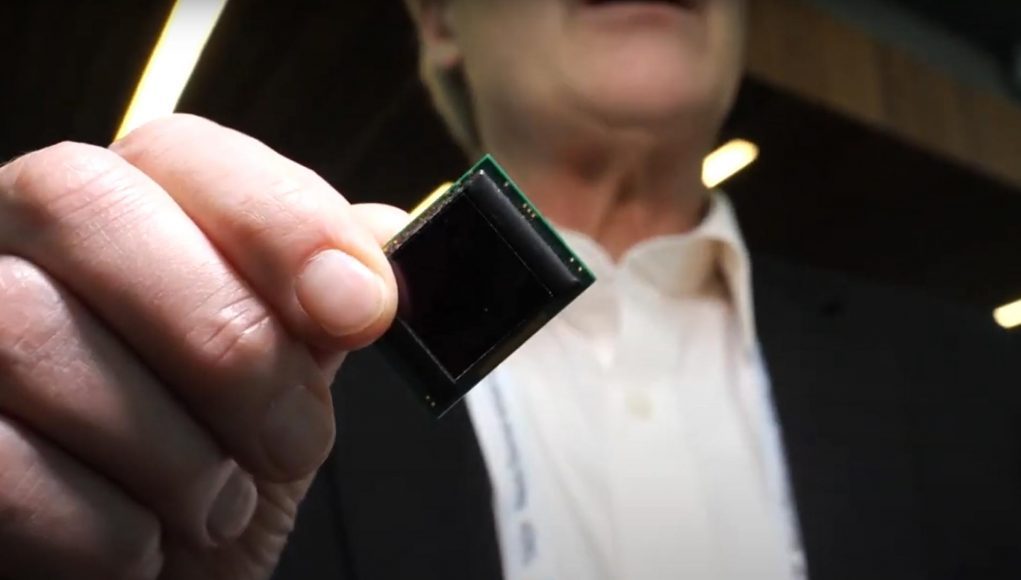eMagin, the US-based developer and manufacturer of OLED microdisplays for AR/VR headsets, announced a merger agreement with Samsung Display, a subsidiary of the Korean tech giant. Samsung says it anticipates “significant potential growth” of XR devices.
The company announced in a press statement that Samsung will acquire all outstanding shares of eMagin common stock on a fully diluted basis for $2.08 per share in cash, totaling approximately $218 million.
Founded in 2001, eMagin has created head-mounted displays to showcase its OLED technology since the release of Z800, which launched in mid-2005. Since then, the company has focused on creating VR headset prototypes to further showcase its high-density OLED microdisplays while also providing its displays for integration into aircraft helmets, heads-up display systems, AR/VR headsets, thermal scopes, night vision goggles, and future weapon systems.
President & CEO of Samsung Display, Joo Sun Choi, says the acquisition comes along with expectations that XR devices will have “significant potential of growth in the future.”
“This agreement is a validation of our technical achievements to date including our proprietary direct patterning (dPd) technology, provides a significant premium for our shareholders, and represents a win for our customers and employees,” said Andrew G. Sculley, eMagin’s CEO. “By teaming with Samsung Display, we will be able to achieve the full potential of our next-generation microdisplay technology with a partner that can provide the resources and expertise we will need to scale production. Moreover, our customers will benefit from resulting improvements to our production capabilities in terms of yield, efficiency, and quality control.”
The merger will very likely allow Samsung to exclusively manufacture micro-OLED displays using eMagin’s direct patterning display (dPd) technology, which boasts higher efficiencies and brightness since its displays use RGB emitters instead of traditional displays, which typically use a white OLED with a RGB color filter.
The transaction is expected to close in the second half of 2023, whereby eMagin will continue to maintain its operations and facilities in Hopewell Junction, NY. The merger agreement has received unanimous approval from eMagin’s Board of Directors, and stockholders holding around 98% of eMagin’s total voting power have committed to voting in favor of the transaction.







